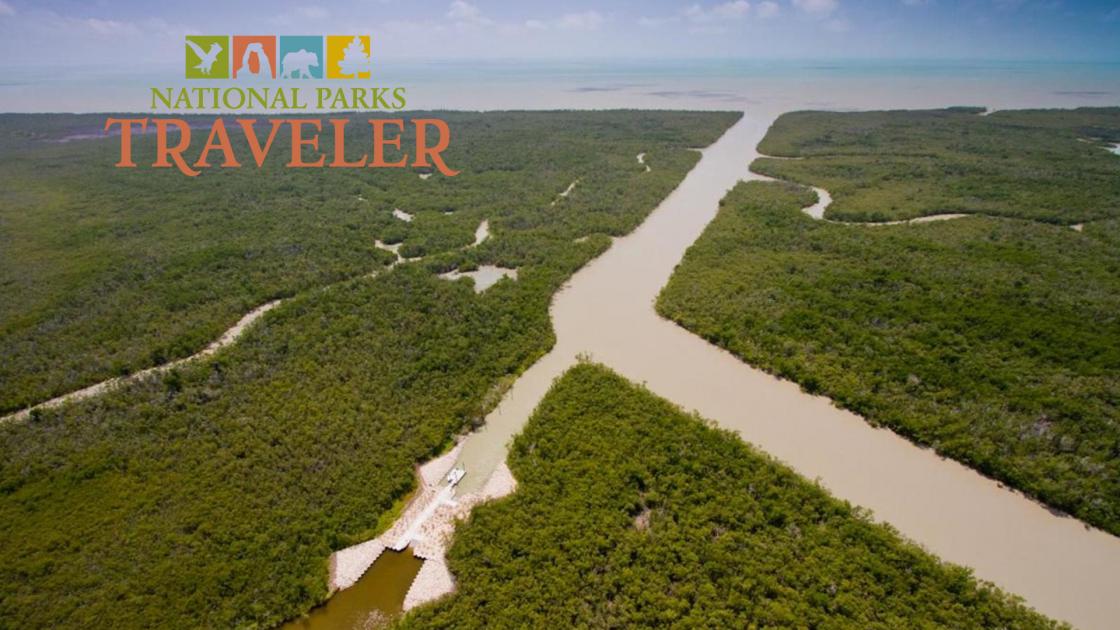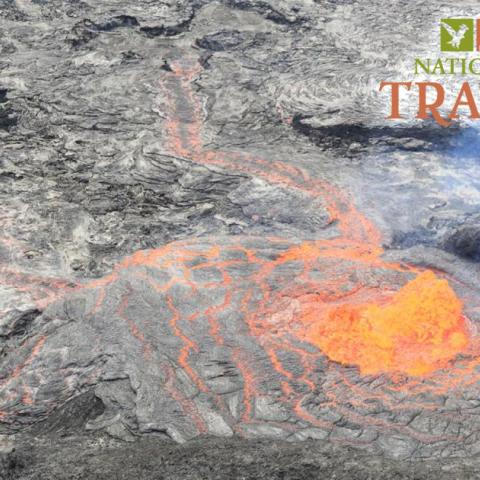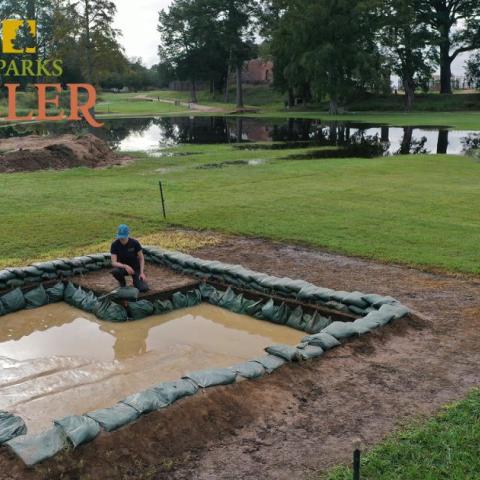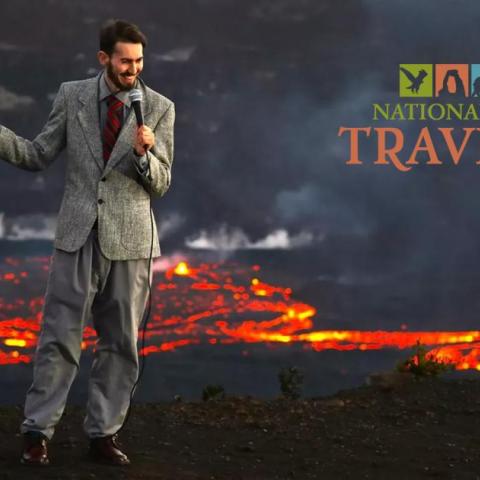For much of the 20th century, there were efforts to drain the Everglades, the world famous "river of grass" in Florida, to make way for agriculture, industry, and communities. More recently, more effort has been focused on restoring the Everglades, to let the sheet of water that heads south from Lake Okeechobee down to Florida Bay flow more naturally, as naturally as possible.
It’s not a small effort, either. Indeed, it’s considered to be the largest ecosystem restoration project in the world, with billions of dollars being spent to make it succeed. Part of that work entails removing old canals that contributed to the problem by enabling saltwater intrusion and crippling marshlands. The goal is to restore the natural ecosystem so it once again can provide critical habitat for myriad species, such as wading birds, shorebirds, even game fish.
Near the very tip of Everglades National Park, the interior wetlands of Cape Sable have long been viewed as one of the most ecologically productive environments left in Florida. It could become even more so thanks to an upcoming restoration project. Dr. Jerry Lorenz, head of Audubon's Everglades Science Center, explains the project.


 Support Essential Coverage of Essential Places
Support Essential Coverage of Essential Places









Add comment